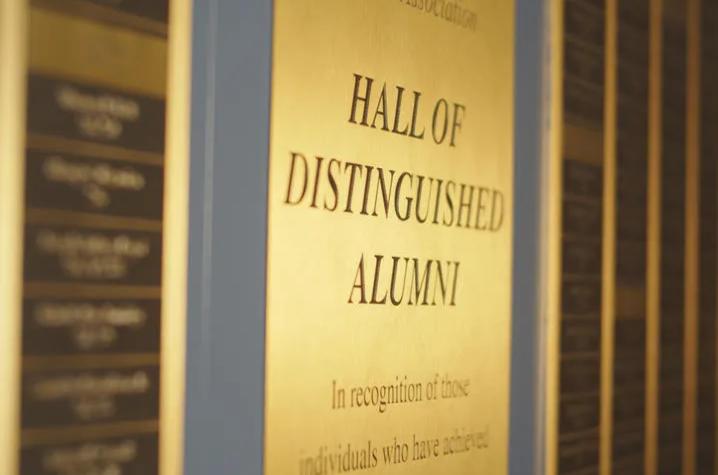Physics & Astronomy Astro Seminar
Title: Using the Metallicity of Simulated Galaxies to Understand Galaxy Evolution
Abstract: Numerical simulations are an invaluable tool for understanding how galaxies form and evolve. Yet, the current generation of simulations suffers from significant modeling uncertainties, rooted in divergent predictions from different codes using similar prescriptions and in a lack systematic comparisons between qualitatively different models. In this talk, I will highlight the oftentimes underappreciated differences between popular cosmological simulations (e.g., IllustrisTNG, EAGLE, FIRE) through examining their metal content. Metals serve as powerful observational tracers of the galactic baryon cycle and are highly sensitive to the details of feedback physics. I will show that even for nominally similar simulation models (e.g., IllustrisTNG and EAGLE), the overall metal budget of the galaxy can be significantly different. Moreover, distinct physical implementations (e.g., IllustrisTNG and FIRE) make very different predictions for the spatial distribution of metals within galaxies. Together, these predictions provide a theoretical framework through which we can leverage the wealth of observational data on metals to gain deeper insight into the processes driving galaxy evolution.


